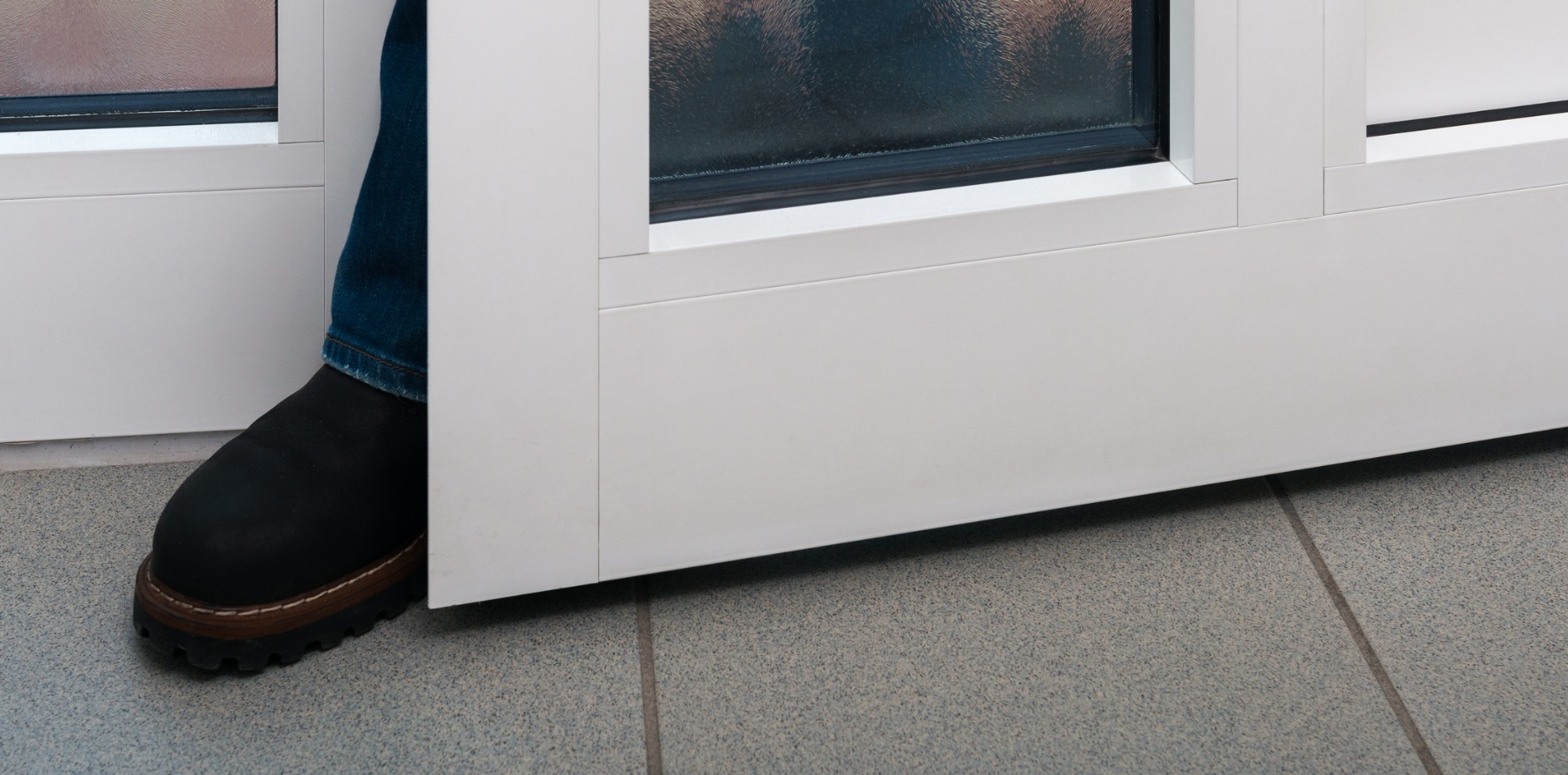Bupa’s ambition to own 130 GP clinics across the country would see the private health insurer dwarf both ForHealth and MyHealth.
The chief executive for Bupa’s Asia Pacific branch has announced plans for the health insurance giant to build out a network of 130 medical centres over the next three years – a number that would put it close to the top of the corporate clinic pile.
As published in the Australian Financial Review earlier this week, Bupa intends to be running up to 40 clinics by the end of the year.
These will be a mixture of greenfield – i.e. entirely new – projects, brown- or greyfield – i.e. established – projects and mergers and acquisitions.
Australia’s three largest GP corporate clinics control an estimated 5% of the total number of practices in the country.
The largest, Sonic, operates approximately 200 medical centres.
Family Doctor – the largest doctor-owned corporate – has 109 medical centres.
Myhealth and ForHealth both operate about 80 clinics each, while Ochre Health owns around 65.
Controlling 130 GP clinics would make Bupa second only to Sonic in terms of size.
Catholic Health Australia health policy director Dr Katharine Bassett warned that patients were unlikely to benefit from insurers gaining more control of the health system.
“The more control insurers gain, the greater the risk that patients will be limited to the doctors and treatments their insurer approves – rather than the care they truly need,” she said.
Related
“This would be a dangerous shift toward a US-style managed care model that puts profits ahead of patients.”
In a position paper published in March of this year, CHA said evidence from other developed countries indicated that a lack of competition “severely harms” the quality of care that patients receive.
“Several major insurers … have expanded beyond their traditional role as funders to directly owning or operating healthcare services such as medical clinics, allied health providers, and even hospital partnerships,” the position paper said.
“This integration is allowing private health insurers in Australia to exert greater influence over patient pathways and provider reimbursements.”
Technically, under section 126 of the Health Insurance Act 1973, private health insurers are barred from providing rebates for professional services for which a Medicare benefit is payable.
This section does not apply to hospital treatment, but has traditionally excluded private insurers from entering the GP sector.
But there are ways to operate around these rules.
Last year, in a separate move to expanding into physical GP clinics, Bupa started offering policyholders three free telehealth appointments.
It was only able to do this because there are no Medicare rebates available for GP appointments where the doctor and patient do not have an existing prior therapeutic relationship.
Bupa is not the only insurer to move into the primary healthcare space; Medibank has a 90% shareholding in Myhealth and HCF has a partnership with telehealth provider GP2U.
In January the peak group for non-profit health insurers, Members Health, called for the major political parties to commit to an end to the prohibition on insurers funding primary care ahead of the election.
This did not eventuate.





